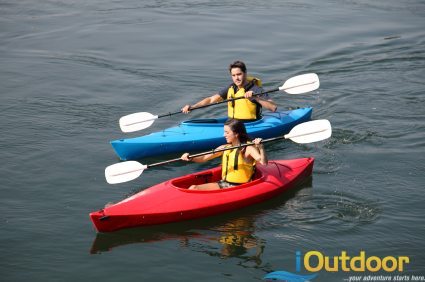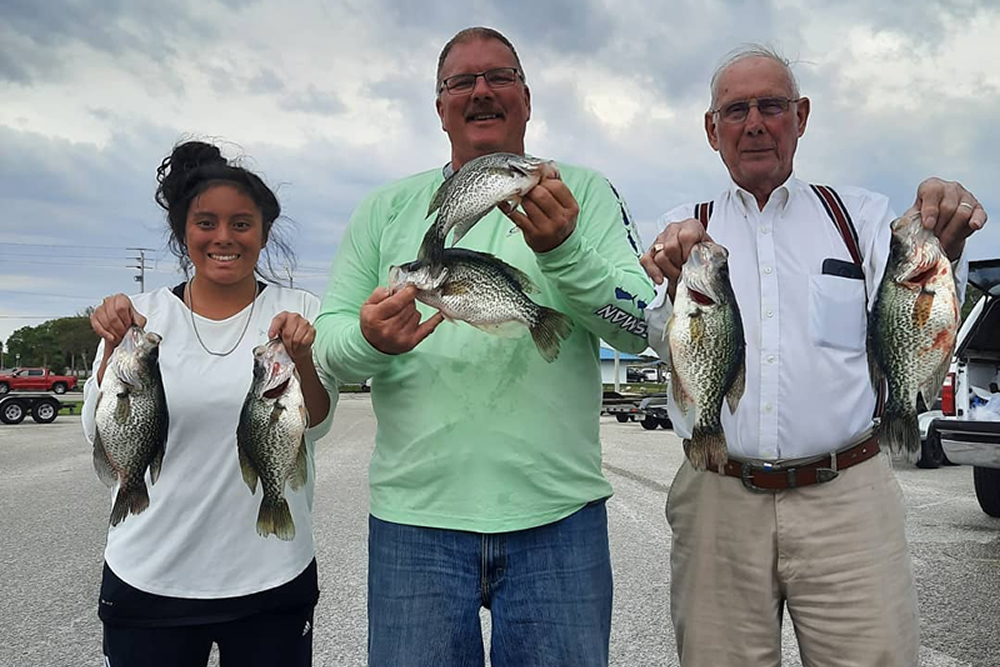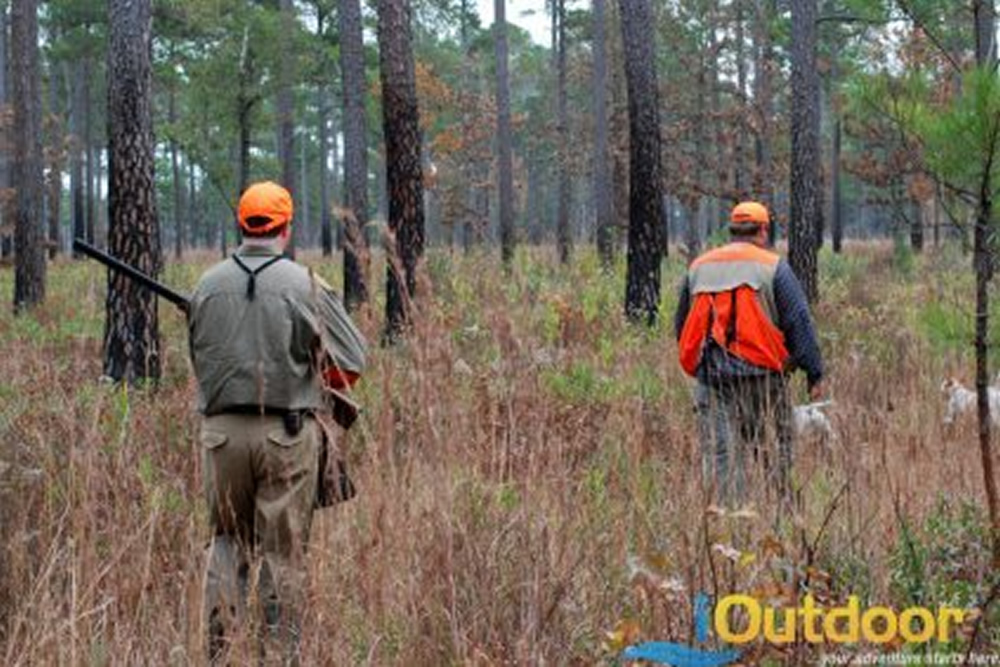Techniques to Improve your Paddling Skills
The canoe is considered one of the best human-powered vehicles for many reasons. Not only does it allow individuals to travel without disturbing wildlife, it also permits them to take enough gear and other added luxuries. For persons riding the canoe for the first time, it will take several tries and a lot of practice to get the hang of the activity, especially when it comes to paddling.
Choosing a Paddling School
The easiest way to learn how to paddle a canoe is to enroll in a paddling school. Canoe shops normally offer paddling lessons or if not, may at least recommend nearby canoe paddling schools. Paddling classes range from beginner level to advance or competition level, and usually include other lessons such as first-aid, wilderness skills classes among the many others.
The Right Gear
Before heading off to practice paddling a canoe, it is best to start off with the right equipment, beginning with the right paddle. The perfect paddle is one that is tall enough to reach almost the shoulders while standing. With that and a properly fitted life jacket, one can now begin paddling lessons.
Tips for Proper Paddling
The greatest fear when paddling, let alone boarding, is tipping the canoe. This can be avoided by maintaining a low center of gravity. The individual can sit or kneel in the bottom of the boat. The canoe becomes even more stable when paddles are in the water.
The key to right paddling is to use the right grip. The proper way to grip a paddle is to grip it with the boat-side hand on top and the water-side hand a few feet down. This can be done by turning the hand so that the lower palm is facing toward the boat. To begin paddling, individuals should put the blade of the paddle into the water as far ahead as possible without moving from the seat or leaning too far forward. The blade of the paddle should then be turned perpendicular to the boat and then pulled through the water in a straight line that is parallel to the centerline of the boat. Turning and pulling of the paddle should be done using the core muscles of the body for power and not the back muscles contrary to that commonly practiced by novices. Once this is done, individuals should then stop applying power to the paddle at the level of the hip and begin to bring the blade out of the water from behind. The proper way of turning the blade at this point is to turn it in such a way that it is parallel to the surface as the individual recovers for the next stroke.
When switching paddle sides, individuals should pull the paddle out of the water when it is at level with the hip and lift it perpendicular to the boat. They should then bring it across, at the same time, switch the position of the top and bottom hand. The paddle is then inserted into the water and the individual can begin paddling from the beginning.
Observing these tips for proper paddling when riding a canoe can help beginners and even experts from sore, overworked muscles. It will also ensure paddlers a smooth and easy ride over the waters.







